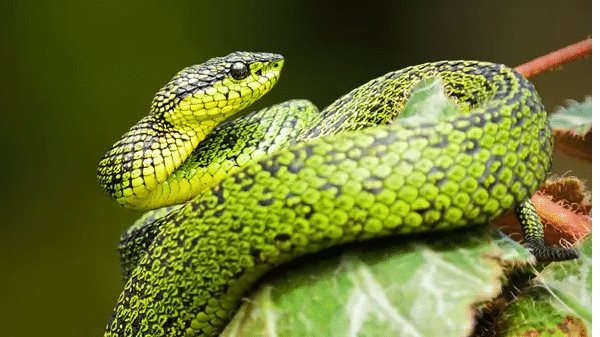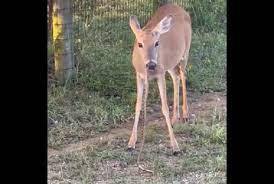World Snake Day is celebrated annually on July 16 to raise public awareness of these mostly misunderstood reptiles and the crucial part they play in the ecosystem.
Countless misconceived notions and superstitions about this reptile are deeply ingrained in the minds of people throughout the nation and have over time given way to superstition.
Also Read| World Snake Day 2022: History and types of snakes
Indian mythology has always portrayed snakes as a potent emblem that can evoke both fear and intrigue in its viewers. These reptiles are the subject of a number of superstitious stories and mistaken beliefs, which not only put them in danger but also endanger human lives.
In the country, there are over 300 different species of snakes, of which over 60 are venomous, over 40 are mildly venomous, and approximately 180 are non-venomous.
The “Big 4′ poisonous snake species—the Spectacled Cobra, Common Krait, Russell’s Viper, and Saw-Scaled Viper are thought to be the main causes of fatalities and injuries in India.
Also Read| Ranveer Vs Wild With Bear Grylls: All you need to know
It’s crucial to realise that snakes employ their venom to kill prey or defend themselves. Cobras normally save their venom, using it only for digesting and feeding. The bite is dry 90% of the time, which means no venom is injected.
Only 10% of bites result in typically serious situations when victims need immediate medical intervention. People must recognise the snake if they are bitten and maintain composure.
For all types of snake bites, a single dose of anti-venom is a “Life Saver.”
Also Read| 18-foot-long python caught in Florida
Agra and its surrounding areas are home to nearly 15 snake species, with only the Spectacled Cobra and Common Krait being venomous. Indian Rat Snake, Red Sand Boa, Common Sand Boa, Indian Rock Python, Black-Headed Royal Snake, Common Indian Wolf Snake, Common Cat Snake, and Checkered Keelback are some of the city’s common non-venomous snake species.
The Indian Monitor Lizard (Varanus bengalensis) or Bengal Monitor Lizard is another non-venomous reptile species found in the city, but they are misunderstood due to a lack of awareness and misconceptions. Monitor lizards, which can grow to be 5-feet long and live in scrubs, parks, and jungles, primarily feeding on small mammals, birds, rodents, and insects, typically enter human settlements to seek shelter or food.
The Wildlife Act of 1972 includes this species in Schedule I. They are vital to the ecosystem, but they are frequently hunted for their meat and body parts. The Wildlife SOS Rapid Response Unit has rescued nearly 40 Monitor Lizards in and around Agra since May.







